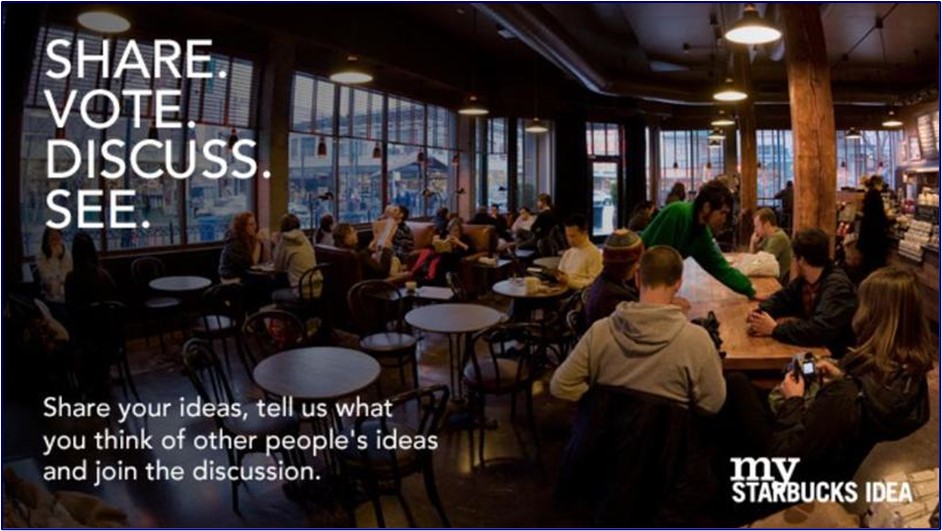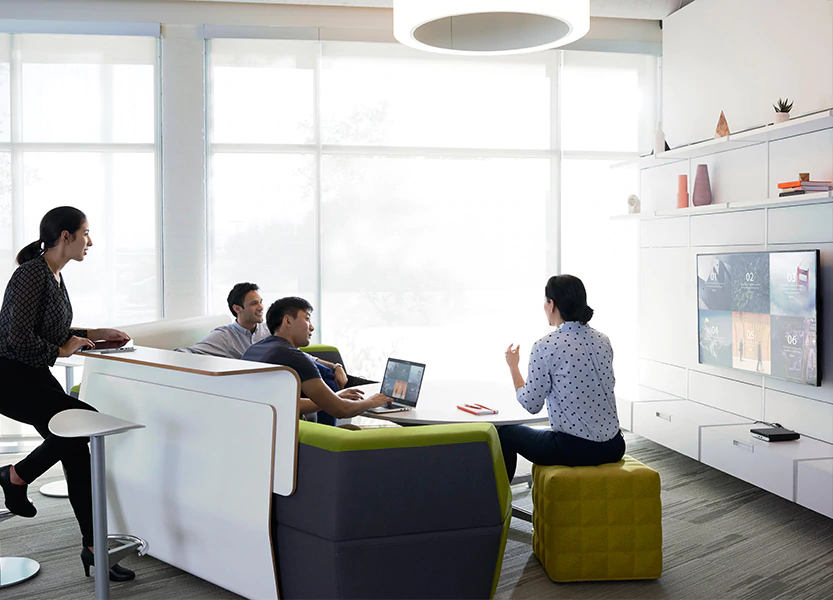Once you have made the business decision to proceed with commercializing a product, the next thing that must happen is to formally engineer the product. This is the execution phase. It is here that you will work toward creating an engineering design that is readily manufacturable and that results in a product capable of consistently delivering on the design intent.
It is for this reason that we bring together a number of key design and technical disciplines for the technical development of new products. At the core this includes Industrial Design, Mechanical Engineering, Electrical Engineering, and Software Engineering. At the periphery it can include a broad range of specialized technology partners possessing unique skills in niche technologies. Examples of this might include advanced materials, photonics, fluidics, advanced RF electronics, and data analytics and AI programming, to name just a few. Whatever the need, we can bring fresh new technologies to bear on the challenge through our global partner network. In the center of all this, we have a broad network of Prototype Shops capable of prototyping almost any type of product, as well as a broad network of Test Labs capable of conducting almost any type of proof-of-concept or validation testing.
Furthermore, the Legacy Innovation design philosophy calls for pursuing highly robust, high–reliability designs. We feel this is important for being able to deliver the long-term product performance needed to build and preserve brand value. Accordingly, we charge our Engineering Teams with that pursuit, in keeping with your own reliability targets, which must derive in part from your brand and product strategies. Moreover, we ensure that the Design and Engineering partners we select possess broad expertise and employ current state–of–the–art design and engineering practices in their work. We feel this is very important, since in any development effort there will always be the need to make certain trade–off decisions, and the more qualified our team, the more expertly we can facilitate that process. This leads to optimal designs in terms of capability, robustness, reliability, cost, and other important parameters.
Finally, using our creative specialists, we ensure the finishing touches are put on the whole package. This includes such work as Technical Documentation, Technical Illustrations, Graphic Design for marketing collateral, and Package Design.
In the end, we take all of the hard upfront work that was invested into defining the product, and through a carefully managed development process, turn that into a well–engineered product that delivers on its design intent. Like our clients, we cannot afford to fail in this phase of the work if we are to deliver products that push the envelope of the product space and leapfrog competitors with market–winning innovations.
Good Industrial Design is very pivotal to our work, particularly at this stage. We bring world–class design talent to the development challenge. While we will have generally engaged our Design Team up front during the Design Strategy work (where they will have supported the ideation and concept selection process), their involvement at this stage serves as the bridge between design strategy and fully engineered product. Some of the specific activities this staff will be focused on at this point can include surface mastering, craftsmanship, VBL execution (including color and finish definition), and general continuity of the design strategy. This work is particularly salient as manufacturing constraints begin to come into focus.
We use very select Graphic Designers to produce embedded graphic design properties (those which become a part of the product). These can include, for example, elements such as brand badging and UI stylemasters. We work to ensure that these embedded designs preserve the product's intended visual and experiential brand language.
From a product design standpoint, one key to executing good design lies in selecting the right colors, materials, and finishes (CMF) to be used in the product. When it comes to consumer products in particular, the CMF strategy provides a direct emotional connection between consumers, brands, and products, and provides a clear means of brand differentiation.
Our Designers work to identify and specify colors, materials, and finishes that are well–matched to the product and brand strategies and its governing brand language. We at times engage dedicated CMF Specialists (focused experts in this area) to bring a well–conceived CMF strategy to the design.
Moreover, our Designers have access to a global database of thousands of available materials to choose from to bring the product to life. They use this tool to establish the best materials to meet clients' brand and design requirements, including material–driven cost requirements. As a result, we can develop products with a virtually limitless array of colors, materials, and finishes, including a clear understanding of the cost and executability of each combination.
On the constraint side, our Designers are also cognizant of restricted, hazardous, and conflict materials and act accordingly to ensure the design steers clear of those materials.
For many products, mechanical architecture, technology, and features lie at the core of the product's functionality. In order to expertly execute these mechanical aspects of the design, we engage a team of highly–capable Mechanical Engineers who apply leading engineering practice to the mechanical design. These engineers are adept at working cross–functionally to package system-level hardware such as electronics, pneumatics, hydraulics, fluidics, photonics, and so on.
While working through the general design layout, component packaging, and system interfaces, this team must also give careful consideration to the physics of the product. To this end, the mechanical design is subjected to simulation using analysis tools like static and dynamic structural FEA, CFD, and so forth. This enables the team to test out numerous design options and rapidly converge on optimal design parameters. These Engineers are also charged with ensuring proper execution of the product's visual brand language (VBL) and experiential brand language (XBL), as previously established in the design planning stage. Finally, to ensure the proper balance between functionality and manufacturability, this team undertakes tolerance stack–up analysis and assigns appropriate datums, GD&T, and linear and angular tolerances to each part and/or subassembly.
For many products, electronic architecture, technology, and features lie at the core of the product's functionality. In order to expertly execute these electrical and electronic aspects of the design, we engage a team of highly–capable Electrical Engineers who apply leading engineering practice to the electrical and electronic designs.
After establishing the basic electrical and electronic designs, these designs are thoroughly analyzed using appropriate electronic simulation tools. This enables the team to test out numerous design options and rapidly converge on optimal design parameters. These Engineers (together with the Software Engineers) are further charged with ensuring proper execution of the product's experiential brand language (XBL), as previously established in the design planning stage.
Increasingly, products rely upon software for their operational performance. As such, software architecture, technology, and features are becoming core to products' functionality. In order to expertly execute these software aspects of the design, we engage a team of highly–capable Software Engineers who apply leading engineering practice to the software design.
After establishing the basic software design, the design is carefully analyzed using appropriate software simulation tools. As with the other disciplines, this allows the team to experiment with numerous design options and rapidly converge on optimal design parameters. These Software Engineers (together with the Electrical Engineers) are further charged with ensuring proper execution of the product's experiential brand language (XBL), as previously established in the design planning stage.
In support of the broader development work, our Engineering Team can undertake an assessment of the potential risks associated with the design. We can then plan risk–mitigation actions intended to either reduce the likelihood of incurring a design deficiency or increase the ability to detect a design deficiency should it exist. As it may not always prove feasible to eliminate all design weaknesses in their entirety, these risk–mitigation actions seek to find means of reducing the severity of any effects associated with a design deficiency, should such a deficiency remain in the design. Severity reduction often occurs through compensation mechanisms.
This work is done using Design Failure Mode Effects Analysis (DFMEA), from which is documented the severity, occurrence, and detection of each potential failure mode. The resulting Risk Priority Number, or RPN, provides a metric by which further risk–mitigation actions are to be undertaken. These risk–mitigation actions generally take the form of design verifications and product validations, and have as their primary goal some level of assurance that design deficiencies do not make their way into the design, and as their secondary goal the detection of such deficiencies should they in fact be incurred. In either case, the ultimate objective is to eliminate any and all deficiencies in the design to the extent possible. This will minimize all potential risks associated with the actual product, assuming it is manufactured as intended and within prescribed engineering tolerances. Clients can use the resulting DFMEA as part of their own design assurance program, which is often part of a formal certification process (as in, for example, FDA certification).
It is not uncommon for any given product to be subject to a battery of international regulatory requirements. These requirements are generally aimed at making products safe for end users and society in general, or at otherwise ensuring some level of conformity to a standard. In addition, clients sometimes have their own internal requirements to which their products are expected to comply.
Our Engineering Team can engineer the product to be in compliance with specific requirements wherever mandated or otherwise deemed beneficial by the client. Also, at any point in the design process, this team can undertake an assessment of the current design's expected compliance to these requirements. Ultimately, the final design will be such that the manufactured product falls into compliance with these standards and can be so certified.
Throughout the course of the engineering design work, our Engineers make every attempt to ensure the design is well thought–out in terms of its manufacturability and assembly (DFM/A), as well as other cradle–to–cradle states the product will encounter during its lifecycle from raw material to reclaimed material. Wherever a client so requests, our Engineers can place particular attention on select states of the product lifecycle, such as its ability to be easily serviced, it use of sustainable materials and manufacturing processes, and/or its ability to be easily reclaimed and recycled. Through this work, we gladly work hand–in–hand with our clients to seek and find means by which to minimize their carbon footprint and promote a sustainable future for their business and its products.
We maintain close partnerships with a broad array of niche technology consultants around the world. Through these partnerships, we are able to integrate leading technologies and capabilities into our client's products, meaning your new product may very well have the technology it needs to leapfrog well ahead of competitive products. This is a high value–add which our clients uniquely benefit from by retaining Legacy Innovation Group.
We maintain a broad network of Prototype Shops representing a wide range of prototyping capabilities. Together they are capable of making almost any type of prototype. This enables our Design and Engineering Teams to quickly secure physical and semi–functional mock–ups and prototypes of design concepts. As a result, our teams can quickly make hands–on evaluations of particular design concepts or features, and in some cases even conduct limited testing to check functionality against specifications. This is a key tool for facilitating rapid design evolution.
Integral to the engineering design work, our Engineering Team develops a detailed design verification and product validation plan. The objective of this plan is to prove, via simulations, assessments, and physical testing, that the product and its design robustly satisfy the functional requirements that have been set forth for it, as well as provide for the safe and reliable operation of the product over its prescribed lifetime. This includes compliance demonstration to regulatory requirements.
We maintain a broad network of Contract Test Labs capable of conducting almost any type of validation test. Once the design has been finalized and prototype, pre–production, or production samples have been secured (according to which design stage we are at), our Test Lab partners can undertake the full battery of testing required to satisfy the prescribed validation plan. As these tests are completed, our Engineers will work with the Test Labs to interpret the resultant findings. If necessary, the Engineers will make design changes to rectify any deficiencies discovered, and then follow–up with re–validation. This process cycles through until the product has been fully validated and signed–off on.
According to our clients' needs and requirements, we engage Technical Documentation and Technical Illustration Specialists to provide complete technical documentation for the product under development.
This can include:
We use select Graphic Designers to produce the professional marketing collateral our clients require for effective outbound marketing campaigns. This includes print media, online media, and social media placements. All marketing materials are crafted to speak to a particular audience, so that they present a targeted message coherent with the brand and product messages. When Legacy Innovation Group executes front–to–back turnkey projects for our clients, we are able to ensure the brand and product messages created up front are captured and retained so that they flow seamlessly into the final marketing collateral at the back end.
Very often, particularly when retail environments are involved, consumers' perceptions of a product have as much to do with how the product is packaged and presented as with the product itself. The retail presentation thus speaks volumes about the care, concern, quality, and attention to detail that went into the product inside the package. As such, it is an integral part of the overall brand message and consumer experience, and therefore should be as compelling as possible.
Our Package Designers create thoughtful, artful, and engaging packaging designs that both preserve the integrity of the product and ensure the brand message is presented with clarity and consistency. We see this as the frosting on the cake... the bow on the present... the final presentation of a very long labor of love.

CEOs come and CEOs go. Some are excellent. They generally ‘get it’. Others not so much. They really ‘don't get it’. What makes the difference between these?
READ MORE
There's an insidious debate that's bounced around for probably the better part of twenty years now. It's the debate of whether or not ‘innovation is everyone's job’...
READ MORE
Innovation Spaces – which can refer to any space intentionally designed to foster and facilitate good innovation work – come in all sorts, shapes, and sizes...
READ MOREWe partner with committed business leaders to make their organizations the driving forces in their markets.
CONTACT USSign up for our newsletter.
NEWSLETTER SIGN-UP